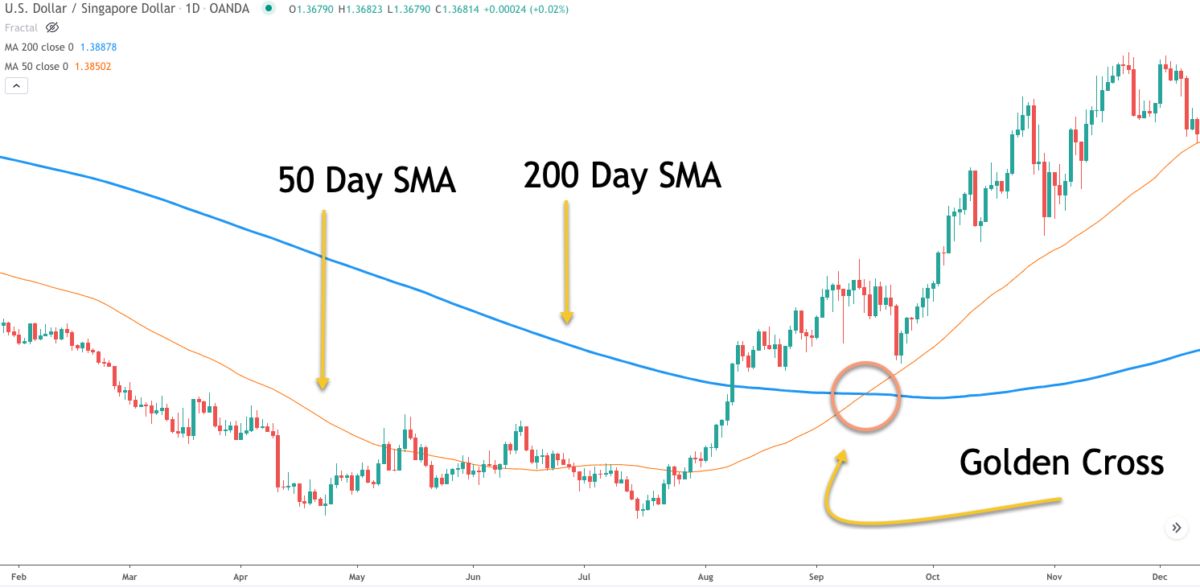

It looks like the best sign to get in - is when the both the shoch & the Sar give buy signs - esp. the stoch is also going the way we want it to be going in each case 3. Note that it doesn’t do much for returns - I argue it is because the entries and exits are symmetrical (my thesis is they shouldn’t be). you can not see 200 EMA from the 4 hour chart which is below the 200 EMA from the 1 hour chart ( the blue ) - but it is there 2. It’s a simple 10 month SMA on the total return index, and places the cash in either Tbills or 10 Year Bonds. Here is Meb’s data for the DJIA back to 1922. But the magic occurs once you start combining lots of assets with lowered vol and drawdowns….results in a great portfolio. If you want return enhancing, a relative strength or momentum approach works great. This results in higher Sharpe ratios and a less volatile portfolio.ĥ. They are mainly risk reducing for volatility and drawdown. The main takeaway, and missed often, is that trend indicators in general are not return enhancing(although they often are in the more volatile asset classes like Nasdaq or REITs).

monthly signals is valid, in that daily will get whip sawed around more and also incur more transaction costs.Ĥ.

a normal rebalance, and transaction costs are low now (although substantial the longer you go back).ģ. Most trend models don’t trade that much vs. You have to include dividends and interest paid on cash. Of course, in the short term there will be very large variation (example Oct 1987), but on average they are similar.Ģ. It doesn’t matter what precise indicator you use (i.e., 50 day SMA, 10 month SMA, 200 day EMA etc), they generally perform similarly over time and across markets. I mentioned this to Mebane Faber, whose done a lot of number crunching on this issue. Since it only generates a new data point once a month, it removes a lot of the head fakes and false signals. One simple solution is to use the 10 month moving average instead. That is potentially rather “whippy” - subject to many false signals of breakouts and breakdowns, This potentially creates a new buy or sell signal every single day the market is open. obviously you need a raw spread account to make this. The problem with using the 200 day is it generates a new data point daily. Here is a strategy I threw together and have not tested much at all so have no idea if it is profitable. I prefer to use a broader index than the Dow - which is too small, too large cap - such as the S&P500 or the Wilshire Total market. That above or below signal in theory keeps you out of trouble. Hulbert created a backtest that compared being “fully invested in the Dow whenever it was above its 200-day moving average, and otherwise completely out of the market.”
50 EMA AND 200 EMA HOW TO
Yesterday evenings reads led with a link to Mark Hulbert’s How to know when it’s time to leave the party.


 0 kommentar(er)
0 kommentar(er)
